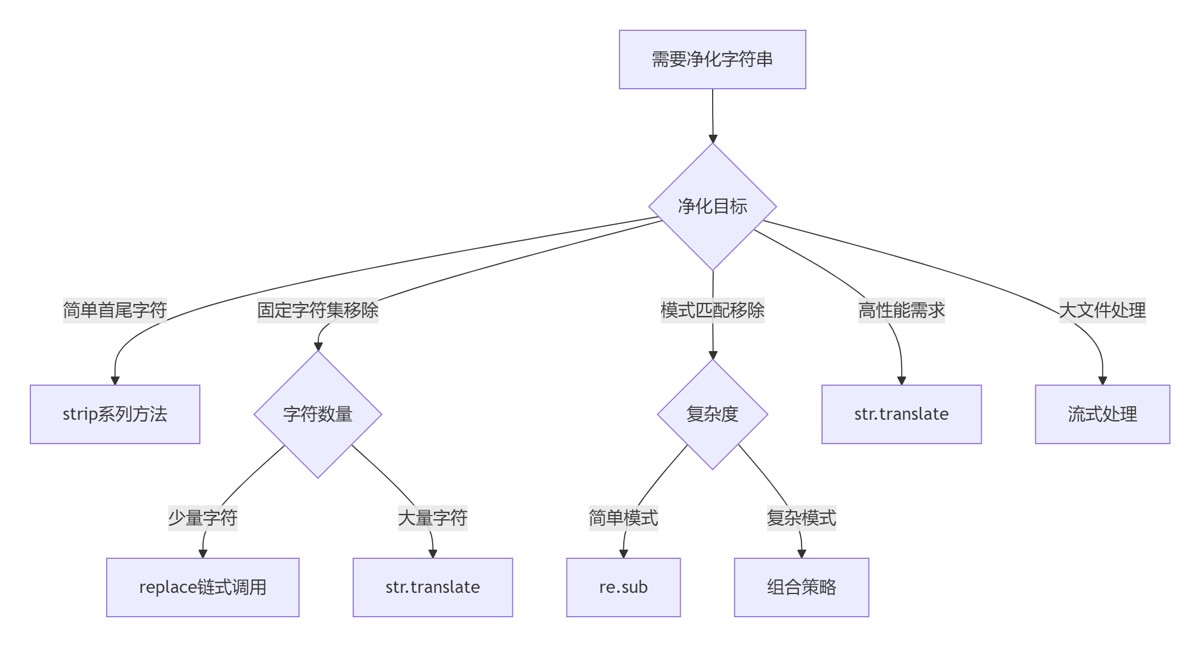1、用for循环把一个字典合并到另一个字典
把a字典合并到b字典中,相当于用for循环遍历a字典,然后取出a字典的键值对,放进b字典,这种方法python中进行了简化,封装成b.update(a)实现
|
1 2 3 4 5 6 7 8 9 |
>>> a = {'device_type': 'cisco_ios', 'username': 'admin', 'password': 'cisco'} >>> b = {'name': 'r1'} >>> for k, v in a.items(): ... b[k] = v ... >>> a {'device_type': 'cisco_ios', 'username': 'admin', 'password': 'cisco'} >>> b {'name': 'r1', 'device_type': 'cisco_ios', 'username': 'admin', 'password': 'cisco'} |
2、用dict(b, **a)方法构造一个新字典
使用**a的方法,可以快速的打开字典a的数据,可以使用这个方法来构造一个新的字典
|
1 2 3 4 5 6 7 8 9 |
>>> a = {'device_type': 'cisco_ios', 'username': 'admin', 'password': 'cisco'} >>> b = {'name': 'r1'} >>> c = dict(b, **a) >>> c {'name': 'r1', 'device_type': 'cisco_ios', 'username': 'admin', 'password': 'cisco'} >>> a {'device_type': 'cisco_ios', 'username': 'admin', 'password': 'cisco'} >>> b {'name': 'r1'} |
3、用b.update(a)的方法,更新字典
|
1 2 3 4 5 6 7 |
>>> a = {'device_type': 'cisco_ios', 'username': 'admin', 'password': 'cisco'} >>> b = {'name': 'r1'} >>> b.update(a) >>> a {'device_type': 'cisco_ios', 'username': 'admin', 'password': 'cisco'} >>> b {'name': 'r1', 'device_type': 'cisco_ios', 'username': 'admin', 'password': 'cisco'} |
4、把字典转换成列表合并后,再转换成字典
利用a.items()的方法把字典拆分成键值对元组,然后强制转换成列表,合并list(a.items())和list(b.items()),并使用dict把合并后的列表转换成一个新字典
(1)利用a.items()、b.items()把a、b两个字典转换成元组键值对列表
|
1 2 3 4 5 6 7 8 9 10 |
>>> a = {'device_type': 'cisco_ios', 'username': 'admin', 'password': 'cisco'} >>> b = {'name': 'r1'} >>> a.items() dict_items([('device_type', 'cisco_ios'), ('username', 'admin'), ('password', 'cisco')]) >>> b.items() dict_items([('name', 'r1')]) >>> list(a.items()) [('device_type', 'cisco_ios'), ('username', 'admin'), ('password', 'cisco')] >>> list(b.items()) [('name', 'r1')] |
(2)合并列表并且把合并后的列表转换成字典
|
1 2 |
>>> dict(list(a.items()) + list(b.items())) {'device_type': 'cisco_ios', 'username': 'admin', 'password': 'cisco', 'name': 'r1'} |
5、实例,netmiko使用json格式的数据进行自动化操作
(1)json格式的处理
|
1 2 3 4 5 6 7 8 9 10 11 12 13 14 15 16 17 18 19 20 21 22 23 24 25 26 |
#! /usr/bin/env python3 # _*_ coding: utf-8 _*_ import json ? def creat_net_device_info(net_name, device, hostname, user, passwd): dict_device_info = { 'device_type': device, 'ip': hostname, 'username': user, 'password': passwd } dict_connection = {'connect': dict_device_info} dict_net_name = {'name': net_name} data = dict(dict_net_name, **dict_connection) data = json.dumps(data) return print(f'生成的json列表如下:\n{data}') ? ? if __name__ == '__main__': net_name = input('输入网络设备名称R1或者SW1的形式:') device = input('输入设备类型cisco_ios/huawei: ') hostname = input('输入管理IP地址: ') user = input('输入设备登录用户名: ') passwd = input('输入设备密码: ') json_founc = creat_net_device_info json_founc(net_name, device, hostname, user, passwd) |
(2)json格式的设备信息列表
|
1 2 3 4 5 6 7 8 9 10 11 12 13 14 15 16 17 18 19 20 21 22 23 24 25 26 27 28 29 30 31 32 33 34 35 36 37 38 39 40 41 42 43 44 45 46 47 |
[ { "name": "R1", "connect":{ "device_type": "cisco_ios", "ip": "192.168.47.10", "username": "admin", "password": "cisco" } }, { "name": "R2", "connect":{ "device_type": "cisco_ios", "ip": "192.168.47.20", "username": "admin", "password": "cisco" } }, { "name": "R3", "connect":{ "device_type": "cisco_ios", "ip": "192.168.47.30", "username": "admin", "password": "cisco" } }, { "name": "R4", "connect":{ "device_type": "cisco_ios", "ip": "192.168.47.40", "username": "admin", "password": "cisco" } }, { "name": "R5", "connect":{ "device_type": "cisco_ios", "ip": "192.168.47.50", "username": "admin", "password": "cisco" } } ] |
(3)netmiko读取json类型信息示例
|
1 2 3 4 5 6 7 8 9 10 11 12 13 14 15 16 17 18 19 20 21 22 23 24 25 26 27 28 29 30 31 32 33 34 35 36 37 38 39 40 41 42 43 44 45 46 47 48 49 50 51 52 53 54 55 56 57 58 59 60 61 62 |
#! /usr/bin/env python3 # _*_ coding: utf-8 _*_ ? import os import sys import json from datetime import datetime from netmiko import ConnectHandler from concurrent.futures import ThreadPoolExecutor as Pool ? def write_config_file(filename, config_list): with open(filename, 'w+') as f: for config in config_list: f.write(config) ? def auto_config(net_dev_info, config_file): ssh_client = ConnectHandler(**net_dev_info['connect']) #把json格式的字典传入 hostname = net_dev_info['name'] hostips = net_dev_info['connect'] hostip = hostips['ip'] print('login ' + hostname + ' success !') output = ssh_client.send_config_from_file(config_file) file_name = f'{hostname} + {hostip}.txt' print(output) write_config_file(file_name, output)
def main(net_info_file_path, net_eveng_config_path): this_time = datetime.now() this_time = this_time.strftime('%F %H-%M-%S') foldername = this_time old_folder_name = os.path.exists(foldername) if old_folder_name == True: print('文件夹名字冲突,程序终止\n') sys.exit() else: os.mkdir(foldername) print(f'正在创建目录 {foldername}') os.chdir(foldername) print(f'进入目录 {foldername}') ? net_configs = [] ? with open(net_info_file_path, 'r') as f: devices = json.load(f) #载入一个json格式的列表,json.load必须传入一个别表 ? with open(net_eveng_config_path, 'r') as config_path_list: for config_path in config_path_list: config_path = config_path.strip() net_configs.append(config_path) ? with Pool(max_workers=6) as t: for device, net_config in zip(devices, net_configs): task = t.submit(auto_config, device, net_config) print(task.result()) ? ? if __name__ == '__main__': #net_info_file_path = '~/net_dev_info.json' #net_eveng_config_path = '~/eve_config_path.txt' net_info_file_path = input('请输入设备json_inventory文件路径: ') net_eveng_config_path = input('请输入记录设备config路径的配置文件路径: ') main(net_info_file_path, net_eveng_config_path) |



